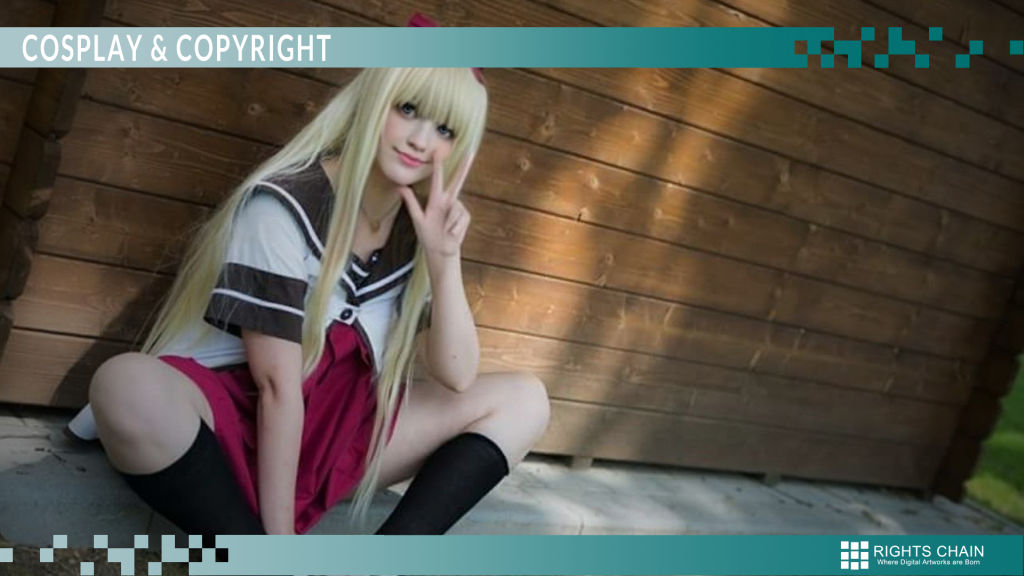Cosplay & Copyright

- 2018-06-20
- Sebastian Zdrojewski
- Copyright
The Cartoomics 2018 convention is coming up, and with it the first anniversary of the Rights Chain Initiative. It's not the first convention we attend to, but this time we want to talk about cosplay.
Looking at cosplayers around conventions is always an interesting experience. The effort and the hours that went into making the costumes are worhty of admiration, regardless of how much ne likes the character.
Cosplay is an art of its own and it is admired by people from the show business as well, such as Adam Savage, who talked about it at TED.
Pictures taken by amateur and professional photographers are thousands and after each event they pour out on social media and forums like a digital storm of performances captured from different points of view.
But how does Copyright work for Cosplay?
Let's consider the most common example: a cosplayer, a photographer, a photo. Three distinct rights.
- The photographer taking and the shot and making the photo come to life (the Artwork);
- The subject wearing the Cosplay (the Performance);
- The original creator of the costume.
In the best case, the published photo contains all correct attributions to all Authors involved, but it often happens that these details are hard to find. What would happen if the picture was successful, but the Performer didn't get the proper attribution?
There's another negative aspect: the cosplay could be infringing Copyright. It's a complicated situation and not easy to analyse from a legal standpoint, but it can happen (especially in countries with very strict laws), depending on the licence associated with the original character.
In 2015, the Trans-Pacific Partnership agreement (TPP for short) has confirmed that Copyright infringements can be prosecuted with sanctions (even detention in some cases) even though the original Author is not the one reporting it. In other words, if we saw a Dragon Ball cosplayer, we could report it and put the cosplayer in a tight spot (that's not what we intend to do, don't worry).
Simplifying the attribution process and that of recognition of all actors participating in a cosplay exhibition is not easy.
If you're wondering whether this article is asking you to stop creating and wearing costumes of any sort, the answer is:
“Keep creating and doing what you love”.
Rights Chain is already at work to find a simplified way of Copyright management for Cosplayers as well.
Who can subscribe to Rights Chain?
- Photographers, both amateur and professional, looking for a way to manage their own public photo archive over time, andd the licence attributions (Creative Commons or "All rights reserved");
- Illustrators creating Original Artworks, characters for comics or indie videogames who wish to have their name, creation date and licence attributed to each and every work;
- Cosplayers who wish to register and manage the rights to their performances or original costrumes (such as steampunk costumes, for example).
Any ideas, suggestioons, questions about the subject? Get in touch with us through our social media accounts, via e-mail through our “contacts” page, or visiting our booth at one of the conventions we will attend.
My love letter to cosplay, Adam Savage, TED (Luglio 2016)
Wikimedia Commons: publishing rules for categories, Costumes and Cosplay
Cosplayers breathe sigh of relief over copyright rule (Nikkei Asian Review, 2015)
Disclaimer: this article does not represent legal advice in whole or in part. The suggested documentation, although containing legal references, must be used as a reference only, and does not extend the Terms and Conditions of Service. For more information or to know if it is possible to get legal support within your country, you can contact Rights Chain Ltd. through the contacts page.
